Archaeologists have discovered a funerary inscription, attached to an ossuary dating from the late Sasanian period, at the Naqsh-e Rostam archaeological site in the city of Marvdasht, southern Iran.
The inscription was carved horizontally into the cliff next to a niche containing remains and uses the Pahlavi script - a writing system common during the Sasanian period.
The text is a type of funerary inscription, often used to commemorate the deceased.
The inscription consists of seven lines, but most of it has been severely damaged over time, making it difficult to read, said historian Abolhassan Atabaki.
“The text mentions the name of a deceased individual who ordered the construction of this ossuary,” Atabaki told Jamaran news agency, adding that preliminary studies showed the text dated to the late Sasanian period.

Sasanian history expert Najmeh Ebrahimi said the use of stone niches to contain remains was a common form of burial at that time.
According to this tradition, the body is placed on a mountaintop to be cleaned by birds and scavengers, then the bones are bleached in the sun and finally placed in stone niches carved into the mountainside.
“This method is intended to preserve the sanctity of natural elements such as the earth, which is considered sacred by Zoroastrians,” explains Ebrahimi.
According to Ebrahimi, the majority of the niches were found in the central Marvdasht area, around the ancient city of Estakhr and the Naqsh-e Rostam region – including sites such as Hajjiabad and Garmabad, where more than 100 such niches have been recorded.
Naqsh-e Rostam, meaning “Picture of Rostam,” is a cliff-top necropolis in Fars Province, famous for the rock-cut tombs of four Achaemenid kings, including Darius I.
The site also contains numerous reliefs from the Elamite, Achaemenid and Sasanian periods. The site has long been considered a religious and cultural centre, with inscriptions, reliefs and structures such as the Ka'ba-ye Zartosht reflecting its important role in pre- and post-Islamic Iranian history.
Archaeologists say the discovery could shed new light on the burial rites of the late Sasanian Zoroastrians, as well as their views on purification and the afterlife./ .
Source: https://www.vietnamplus.vn/dong-chu-co-tren-mo-da-he-lo-nghi-thuc-mai-tang-cua-nguoi-iran-co-dai-post1055444.vnp



![[Photo] Hanoi: Authorities work hard to overcome the effects of heavy rain](https://vphoto.vietnam.vn/thumb/1200x675/vietnam/resource/IMAGE/2025/8/26/380f98ee36a34e62a9b7894b020112a8)



![[Photo] Multi-colored cultural space at the Exhibition "80 years of the journey of Independence - Freedom - Happiness"](https://vphoto.vietnam.vn/thumb/1200x675/vietnam/resource/IMAGE/2025/8/26/fe69de34803e4ac1bf88ce49813d95d8)

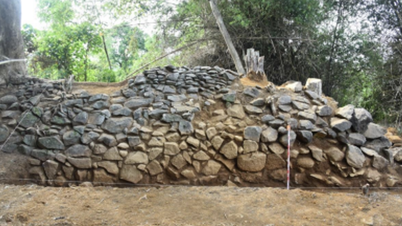

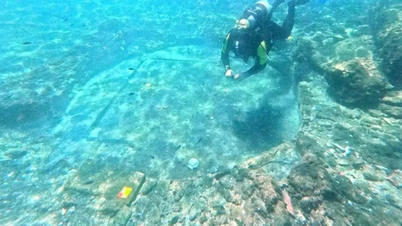
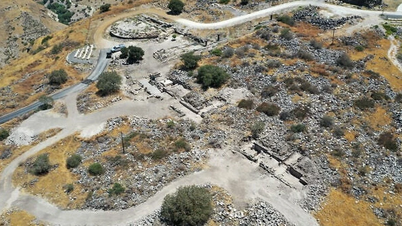
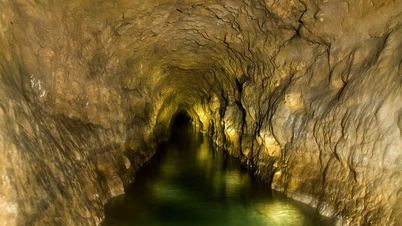


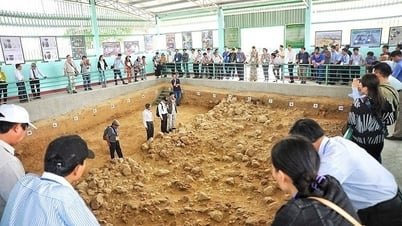

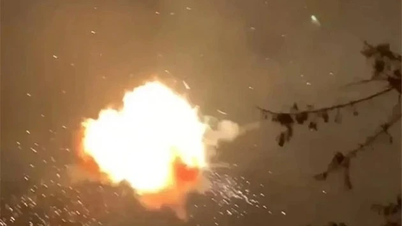








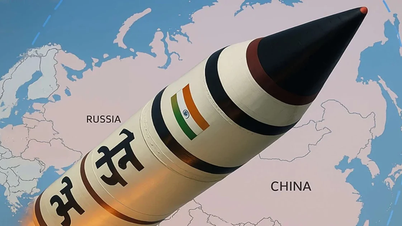







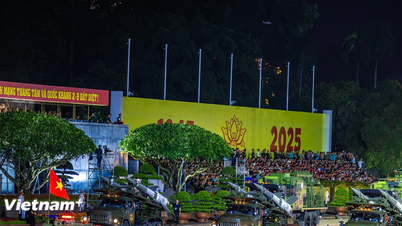

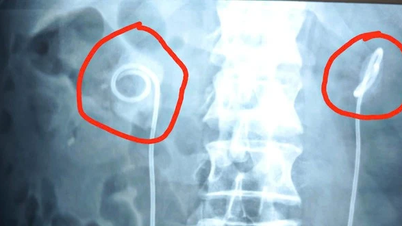


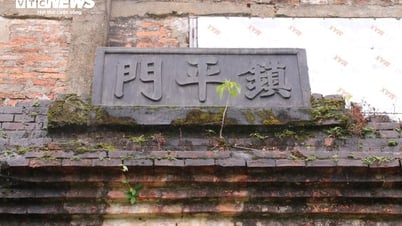
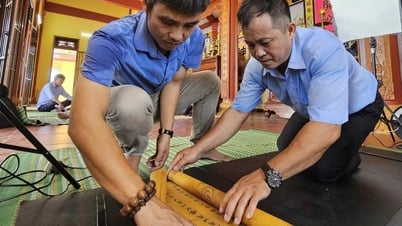


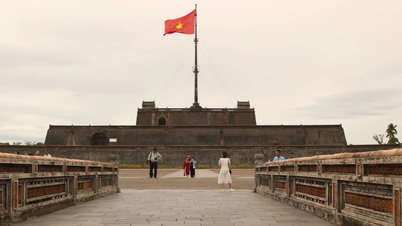

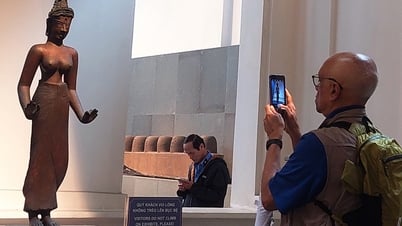








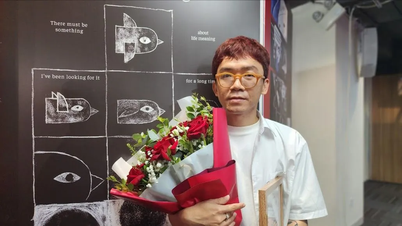






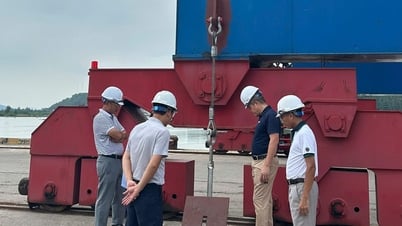



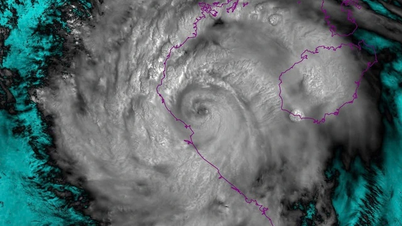


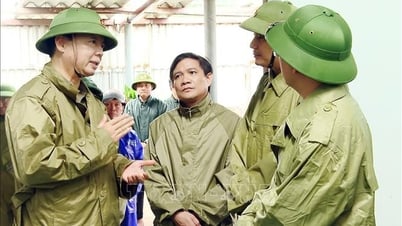


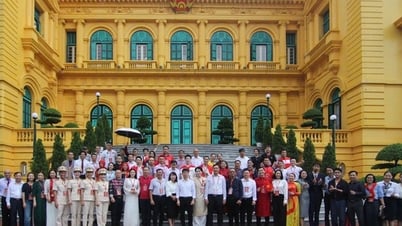







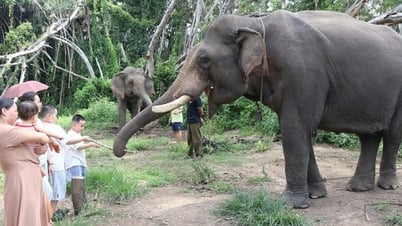
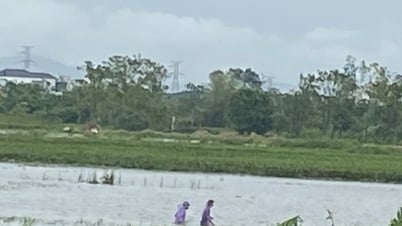

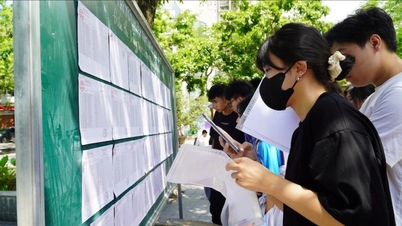




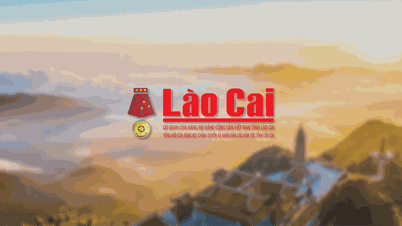












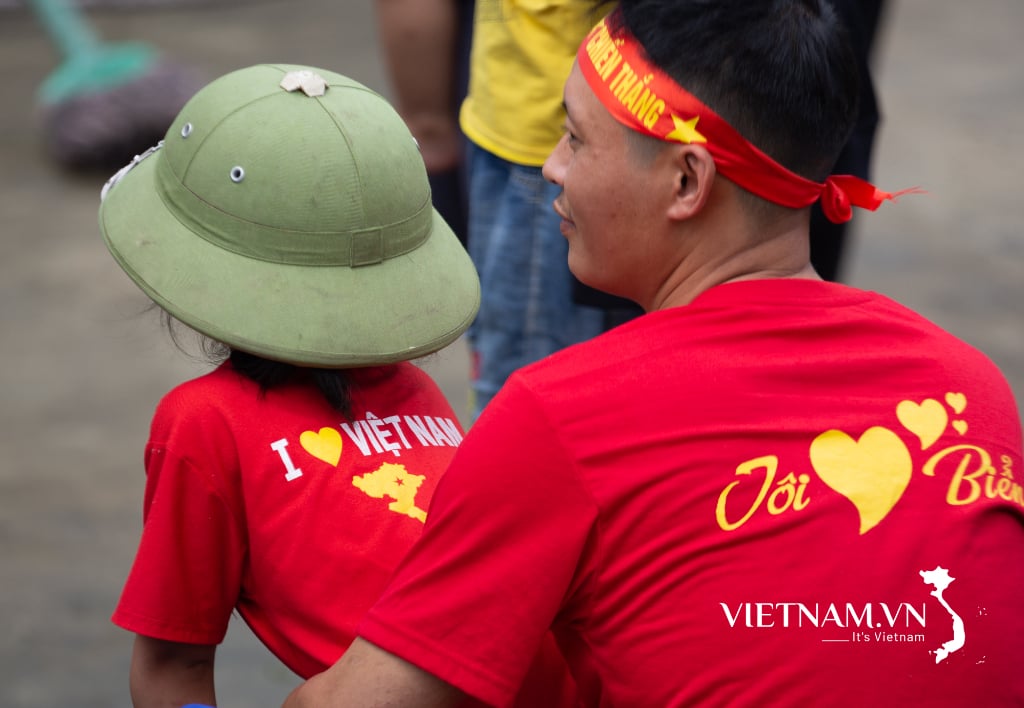


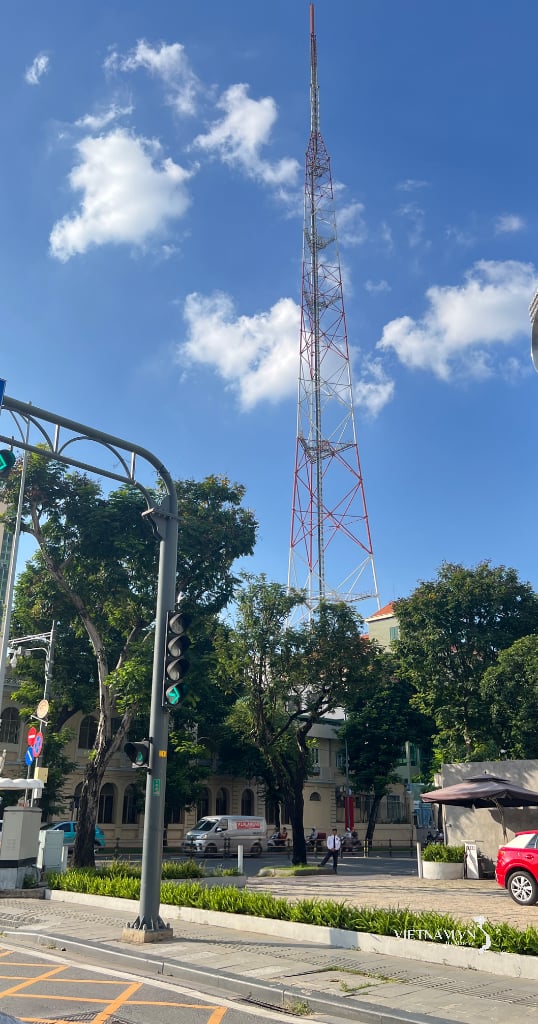
Comment (0)